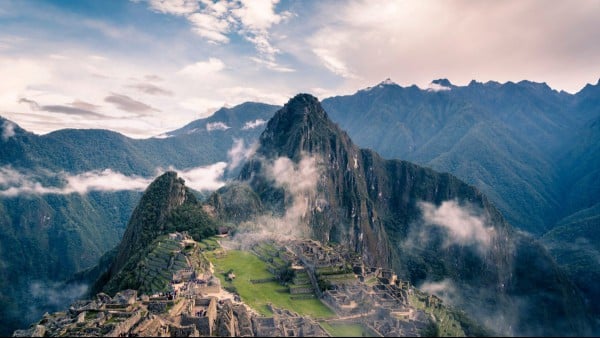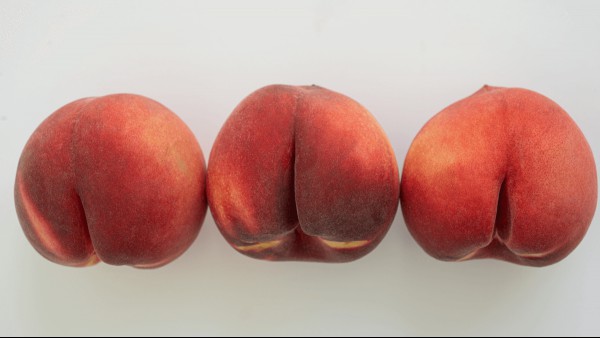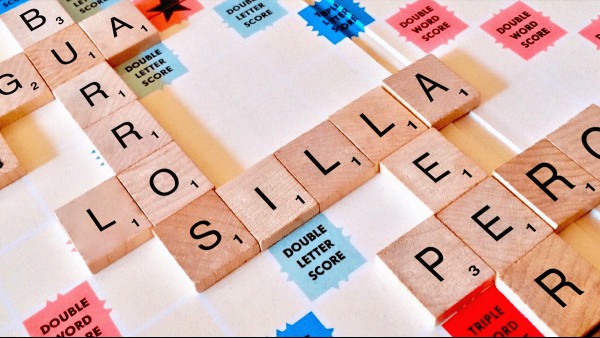A Review Of The Ample Variety Of ‘Butt’ Words Across The World
Imagine being new to the English language and learning that “badonkadonk” is a suitable alternative for “buttocks” in the righ

To understand the origins of the Quechua language, we have to go back in time to a territory currently in Peru and Ecuador know as Chinchay.
The inhabitants of this area, the Chancas, were a coastal people heavily involved in trade whose economic interests allowed them to interact with other peoples in the north who also used their language, Quechua, as a means of communication to buy and sell products.
The name Quechua, which some academics think means “temperate valley,” alludes to the ethnic group that lived in the high basin of the Río Pampas in Apurimac, considered to be the original speakers of this language and key to its spread.
The Incas, originally from Titicaca, moved to Cuzco speaking their own language, Pukina. When they arrived in the valley of Cuzco, the migrants from Titicaca underwent some distinct linguistic changes. First they had to learn Aimara, the dominant language of the time. After the war with the Chancas, who brought Quechua to Cuzco, they had to gradually start learning Quechua. The definitive step to Quechua came with the last Incas Huayna Capac and Atahualpa.
When the Incas started their expansion, Quechua was already spoken throughout the territory of Peru, but they were the ones who started to spread it to the southeast.
In 1575, Toledo declared Quechua, Aimara and Pukina as official languages of Peru, and as the main languages for evangelization. When this declaration was made, the Pukina speakers were already speaking Quechua or Aimara more and more, which is why Quechua and Aimara remained while Pukina only exists in a few religious catechisms.
To understand the Quechua language, you have to keep two aspects in mind: the form that words take and how they’re ordered in a sentence. It’s an agglutinating and suffixing language, which means it has a set of suffixes that are added to a root or main word to make it a longer, complete word, like this:
wasi — house
wasiy — my house
wasiyki — your house
wasin — his/her house
wasinchik — our house
wasicha — little house
wasichaykichik — their little house
wasichaykichikkuna — their little houses
As for its syntax, it’s a language that generally orders its sentences starting with the subject, then the object and then the verb, although this can change.
Here’s an example:
Michi huk’uchata hap’in — The cat chases mice (Michi: cat; huk’ucha: mice; hap’i: chases. Each word has its own case and inflection.)
Other examples:
qari — man
qarim kani — I am a man
warmi — woman
Huk warmim kani — I am a woman
qari warma — boy
Huk qari warmam kani — I am a boy
As for adjectives, they always come before the noun:
yuraq hatun wasi — big white house
Many of these words are also used in Spanish.
achachay — feeling cold
ayayay — feeling pain
cautchouc — rubber (caucho in Spanish)
chakra — farm, field (chacra in Spanish)
chuqllu — corn
chullu — hat
chupi — soup
kancha — court or field for playing sports (cancha in Spanish)
karka — dirt
karpa — tent (carpa in Spanish)
kinuwa — quinoa
khena — flute
k’umpa — hammer
kuntur — condor
llama — llama
mati — mate (a type of tea)
michi — cat
nanay — lullaby (nana in Spanish)
ñatu — someone with a small nose (ñata in Spanish)
palta — avocado
pampa — plain
papa — potato
pita — thread
puma — puma
punchu — poncho
puna — mountain grass
putu — jug
sapallu — squash (zapallo in Spanish)
táchu — bucket
taita — father
wanu — guano
wáwa — small child
wik’uña — vicuña (an animal)
wincha — measuring tape
yapa — something extra (ñapa in Spanish)
Quechua speakers had to use words from the conquistadors’ language to talk about objects or actions that they couldn’t describe or name in their own language, for example:
avión — aviun (“plane”)
burro — burru (“donkey”)
caballo — cauállo (“horse”)
carro — carru (“car”)
cuchillo — cuchillu (“knife”)
feria — firia (“festival”)
higo — iwus (“fig”)
iglesia — iglesia (“church”)
misa — missa (“mass”)
mula — mula (“mule”)
plátano — latanus (“plantain”)
plaza — plaza (“town square”)
vaca — waca (“cow”)
As you can see, Quechua is an ancient language full of history, culture and tradition. Like other languages, such as Nahuatl, it’s still a living language and hasn’t disappeared.
This article originally appeared on the Spanish edition of Babbel Magazine.

Imagine being new to the English language and learning that “badonkadonk” is a suitable alternative for “buttocks” in the righ

Just as there’s a wide range of ways to greet someone in Turkish, so, too, are there various ways to say goodbye in Turkish. A lot depends on ho

The country you might refer to as “Germany” has historically been a lot of different things to a lot of different people. Depending on who

Profanity is experiencing a renaissance right now. A Profanaissance, if you will. There’s more swearing on television than ever before, and even cursi

Games are a fun way to spend time with friends and family. Or, depending on how competitive your friends and family are, they’re a fun way to make new

Much ink has been spilled over the English language divide between the United States and the United Kingdom. So much so that you might forget that the

Automation is coming for us all. While the sci-fi vision of robots doing hard labor for us presented a utopian vision of a life filled with leisure, t

One thing you’ll for sure discover pretty early in your foreign language studies is that punctuation is not universal. There are often different
We are a comprehensive and trusted information platform dedicated to delivering high-quality content across a wide range of topics, including society, technology, business, health, culture, and entertainment.
From breaking news to in-depth reports, we adhere to the principles of accuracy and diverse perspectives, helping readers find clarity and reliability in today’s fast-paced information landscape.
Our goal is to be a dependable source of knowledge for every reader—making information not only accessible but truly trustworthy. Looking ahead, we will continue to enhance our content and services, connecting the world and delivering value.